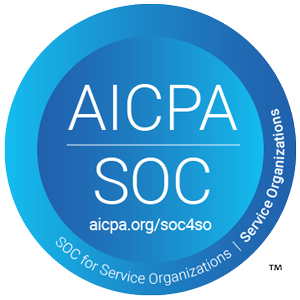Intentional, systematic innovation is a necessary business function in 2016, but only if you can prove its worth to decision makers. In our most recent webinar hangout, Measuring Innovation Program ROI, Nick Selk, Innovation Program Manager at Cisco, and Guillermo Beuchat, Managing partner at TRANSFORME, share how they demonstrate the value of their innovation programs, including how their innovation programs have brought in millions for the companies they work with.
See the end from the beginning
If you want measurable outcomes, you must have defined expectations. Set goals by thinking ahead to what you hope to achieve, and structure your process around getting there. The approach should always be in alignment with company KPIs and goals, and involve higher-ups to keep things flowing in the right direction.
For example, Guillermo explains that at TRANSFORME they work with many companies who have innovation programs and that they’ve created an “innovation board” comprised of C-level executives. They meet monthly to see results of innovation projects in process and hear idea pitches from the project owners. The board offers a “go” or “no go” and projects move on from there.
It’s smart to get ahead of what managers will ask, and have answers ready when these checkpoints come due. Doing this also helps you see any issues that need correction before they’re pointed out by management.
Nick shares, “When I joined, up until two years ago, ROI was never the thinking – until management asked ‘What value are you bringing?’ If I had it to do over again I’d not wait until we were asked.”
Understand and manage timeline expectations
Proactively setting expectations is crucial, because it does take time. If you’re at the beginning stages with your innovation program, you should start with smaller scope ideas to earn trust.
“You want quick wins,” says Guillermo. “Focus on quantity with early challenges – you can take 10 of those ideas and implement them, and just DO IT to show the value, even if it’s low.” This earns you time, and management goodwill, which is what you need to move forward with more complex ideas later.
Projecting returns is also a smart strategy. When trying to equate financial impact, you must have assumptions on costs to calculate potential ROI and keep spending in line. Concrete ROI will take time to see, but you can keep people excited and invested with projections.
As for actual value, how do Cisco and TRANSFORME track and assess projects? Nick explains that Cisco starts the clock at the point where an idea is returning business impact, and they track it for three years. “After that we don’t track it as business impact because it’s no longer an innovation idea, it’s just ‘run the business’ at that point. You can’t live off old glories for 10 years.”
Guillermo shares that TRANSFORME and many of their customers track closely the first year, trying to understand what they’re doing right in their process – from birth to implementation – to get those numbers. Because if you want the right ideas to continue to get through, you have to understand how it works when it happens. “It’s a very self-reflective approach we take.”
Looking at impact beyond the financial
This makes sense – because it won’t only be dollars and cents that tell the story of your innovation program’s success, especially early on. At every phase you want to think about impact from a variety of angles: cost avoidance, cost savings, new revenue, opportunity savings, customer satisfaction and brand awareness.
These are all potential areas of impact you can measure to prove the worth of your innovation program.
And as you’re proving your case, you want to constantly bring in new innovation champions within your organization. This helps build momentum, and allows you to push for bigger results – something you can’t do with a too-small team. It also helps to seek out specific recruits to solve specific challenges. If you’re stumbling to calculate ROI, for example, recruit financial expertise.
Innovation is a process of constant motion, so your needs will always be changing. But it will be much easier to get what you need if you can show it’s worthwhile. Providing regular updates shows your process as well as your progress – which validates both to higher-ups. As Nick says, “If it’s not measured, it’s not managed.”
And that’s just a taste of what he and Guillermo shared with us. To hear all their insights, check out the webinar hangout Measuring Innovation Program ROI.
And let us know if you’re ready to streamline your innovation process for better ROI with Brightidea.


